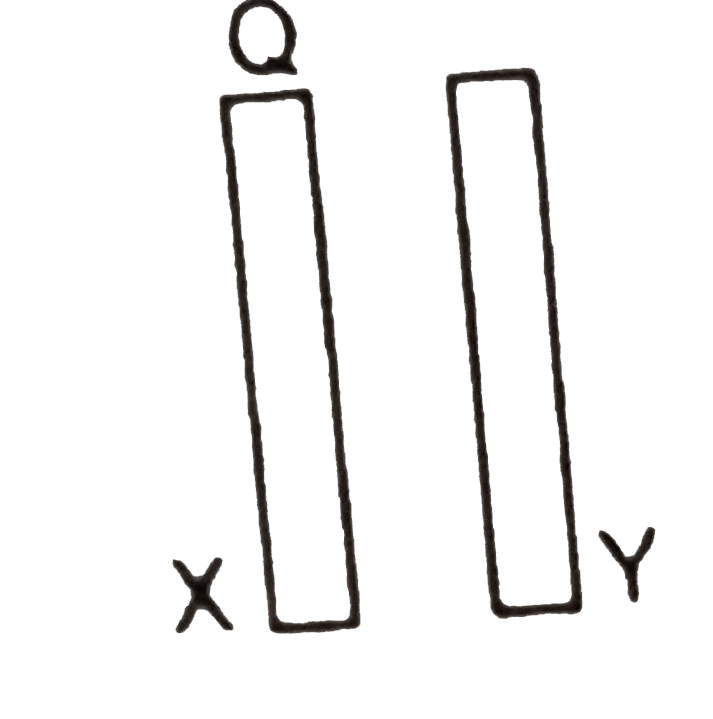Text Solution
Verified by Experts
The correct Answer is:
|
Topper's Solved these Questions
ELECTROSTATICS
RESONANCE|Exercise Part - II Section (A)|4 VideosView PlaylistELECTROSTATICS
RESONANCE|Exercise Part - II Section (B)|9 VideosView PlaylistELECTROSTATICS
RESONANCE|Exercise Exercise-1 Section (I)|5 VideosView PlaylistELECTROMAGNETIC INDUCTION
RESONANCE|Exercise A.l.P|19 VideosView PlaylistEXPERIMENTAL PHYSICS
RESONANCE|Exercise PART -II|10 VideosView Playlist
Similar Questions
Explore conceptually related problems
Knowledge Check
A
B
C
D
Submit
A
B
C
D
Submit
A
B
C
D
Submit
Similar Questions
Explore conceptually related problems
RESONANCE-ELECTROSTATICS-Exercise-1 Section (J)
- Two conducting plates X and Y, having large surface area A (on one sid...
03:54
|
Playing Now - Three identical metal plates with large surface areas are kept paralle...
03:28
|
Play - Two thin conducting plates (very large) parallel to each other carryin...
03:44
|
Play - Figure shows two conducting spheres separated by large distance and of...
06:20
|
Play - Two concentric hollow conducting spheres of radius a and b (b gt a) co...
Text Solution
|
Play - There are two concentric metal shells of radii r(1) and r(2) ( gt r(1)...
05:36
|
Play - A metal sphere of radius r(1) charges to a potential V(1) is then plac...
03:10
|
Play
